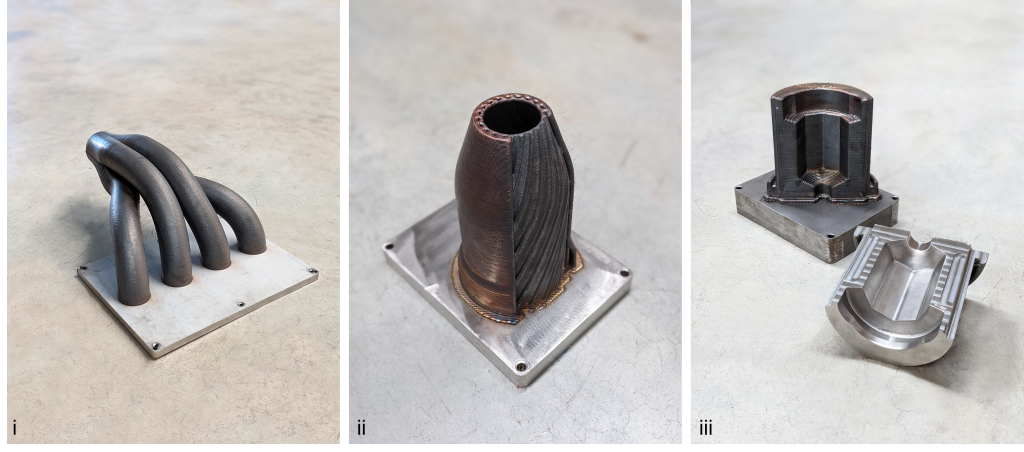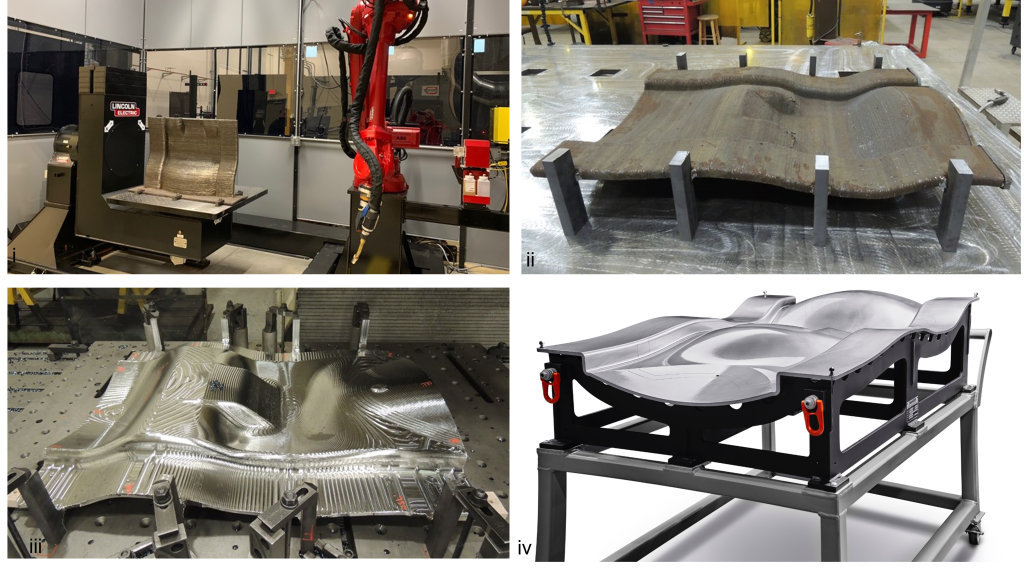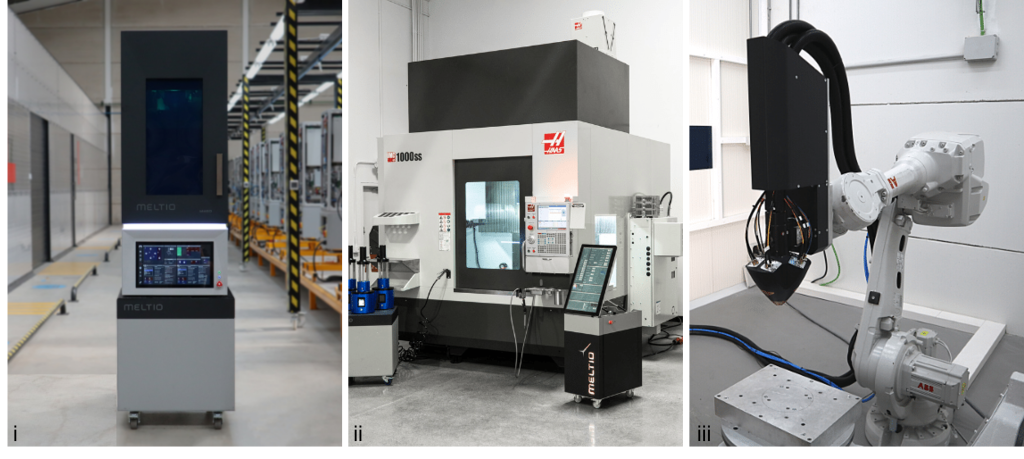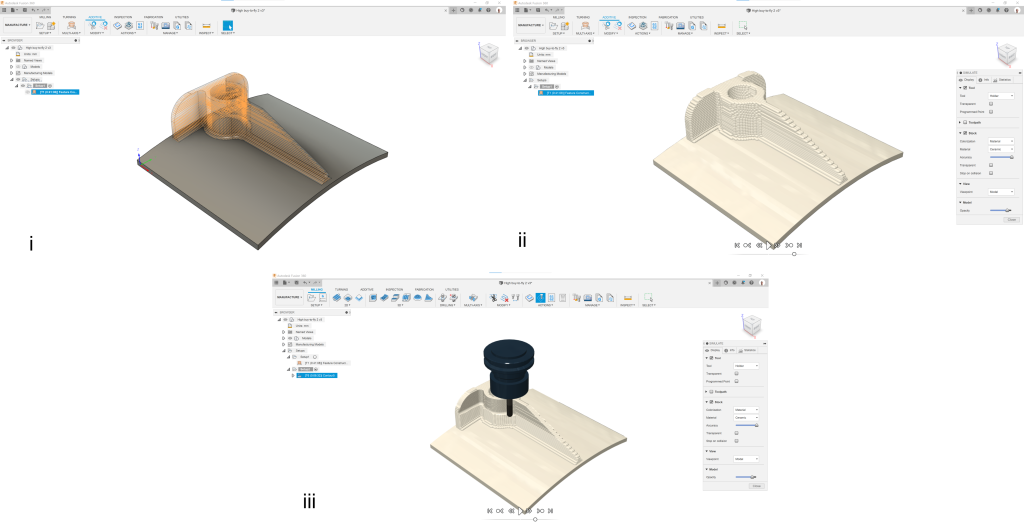By Robert Bowerman, Technical Consultant, Autodesk
Welcome back to part two in this short series on Directed Energy Deposition technology. In case you missed part one you can check it out here. In part one, we discussed the basics of DED technology, its application in industry, and the potential supply chain benefits. We ended by talking about the barriers that still exist within the technology. In part two we will dive deeper into those barriers and get first-hand insight from some of the innovators in the industry who are tackling these issues head-on and realising the benefits the technology can bring.
Firstly, it’s worth positioning the types of challenges we’re discussing here. To understand the challenges, it’s worth considering the goal for a moment. In the previous article, we talked about the potential that DED technology offers and showcased some exciting, forward-thinking use cases that demonstrate a beneficial alternative to a traditional manufacturing route. Whilst these are good examples, they are still very niche and generally live in the realm of what we call “thought leadership”. Ultimately, the wider benefits of the technology will not be realised until there is a certain level of adoption, at all tiers, throughout the industrial supply chain. So, the challenges we must overcome are those that are halting the wider technology adoption, down the supply chain. In this article, we’ll try and gain some insight into those challenges.
Challenges DED Faces for Wider Adoption
To gain a better industrial insight we spoke with two companies leading the charge with industrial DED systems and applications. Firstly, Meltio, a DED machine manufacturer who design and manufacture multi-laser DED metal printing systems. Brian Matthews, Metlio’s Chief Technology and Innovation Officer explains, “At this moment, Meltio offers three products; the M450 3D metal printer, the Meltio Engine for hybrid manufacturing integrations, and the Meltio Robot for multi-axis AM 3D parts and cladding applications. From a design perspective, Meltio technology is highly vertically integrated resulting in very compact tightly coupled technology at market-leading price points. Meltio also has unique capabilities such as dual-wire and wire/powder operation modes. Meltio is active in a broad range of industries because of the wide range of compatible materials, low price point, easy-to-use technology and high-quality material properties. Meltio does not target any particular industry but is particularly active in the aerospace, automotive, energy, tooling, and jewelry industries.”
According to Brian, “Metal 3D printing has traditionally faced barriers for adoption due to cost, the complexity of use, material constraints, and facility requirements for systems.” Whilst these challenges exist for all metal AM technologies, some, for instance, Power Bed Fusion, are further advanced in solving these issues.

Also, we spoke with Richard Sammon, Business Development for Wire Arc Additive Manufacturing at Lincoln Electric. Richard explains that over the past few years Lincoln Electric has grown their AM capability, “producing our own advanced arc welding power sources and other hardware, wire feedstock, AM software and controls, and robotic systems and positioners, and we also have extensive in-house machining and fabricating capabilities. We operate our 18 arc AM systems 24 hours a day, 7 days a week, expecting to install additional systems in 2022.”
Regarding Lincoln Electric, Richard explains they are, “the world leader in arc welding for over 125 years with over 11,000 employees and 55 manufacturing locations in 18 countries. It is headquartered in Cleveland, Ohio, USA. We are working with energy, power generation, aerospace, automotive, shipbuilding, heavy equipment, and general industrial companies. Applications include low volume new and replacement parts, in particular large steel castings (1,000+ kg), when lead time is critical, as well as lay-up mold tooling used for manufacturing aerospace composite parts. We even have sculptures.”

When asked about the challenges that hamper DED adoption, Richard believes “the principal barrier to adoption is lack of awareness. Most industrial companies simply are unaware that the technology exists and is production-ready. Also, the lack of codes and standards is a hindrance to adoption, though we have seen the release of some in the past year which will help immensely.”
To simplify the discussion of technology barriers, I’ve categorised the challenges into four areas: hardware, software, processes, and people. Hardware and software challenges focus on the technology’s accessibility. Accessibility refers to the cost of a solution, its ease of use (the knowledge required to be successful), and the fundamental availability of the hardware/software.
Process challenges address anything that directly impacts the likelihood of being successful with a particular DED process. Often this relates to the robustness, reliability, and repeatability of a particular process. Whilst this is often linked with “hardware”, I feel it’s worth its own category as each DED process possesses a particular set of complications.
“People” challenges refer to the shortage of technology knowledge at all levels, the availability of materials and courses to upskill teams, and the current magnitude of diverse knowledge required to be successful.
In addition to these four categories, awareness is a constant thread that runs through them all. As Richard puts it “most industrial companies simply are unaware that the technology exists and is production-ready.”
What’s happening to address the challenges?
Having a better understanding of the challenges industry faces around DED adoption, we posed the question to Meltio and Lincoln Electric of how they’re working to reduce these barriers.
“Meltio is focused on removing these barriers with high-performance technology that is easy to use, with lower-cost machines, lower-cost open materials platform, and simpler facility requirements,” says Brian.

Richard adds, “We have been a part of various committees and are printing thousands of pounds of test coupons to assist in validating the technology. For example, we participated in the American Petroleum Institute (API) 20S committee which recently released its standard for AM. And we are currently finishing up a project on behalf of the American Society of Mechanical Engineers (ASME) to provide test data in support of Code Case 3020 which was recently published as part of Section IX in the Boiler & Pressure Vessel Code for the qualification of GMAAM procedures. We are also working with organizations to qualify our process and materials.”
What does the future hold?
Finally, we asked Brian and Richard what they saw for the future of the technology, the market, adoption, and applications will change over the coming decade.
“We see DED increasing its market share year over year in the Metal AM market, and the Metal AM market to progressively increase its market share in global manufacturing,” says Brian.
Whilst Richard explains, “We expect in the next 5-10 years that GMAAM will be a manufacturing technology that has been accepted by all industrial sectors. Engineers will consider GMAAM along with casting, forging, and fabricating when considering the best method to produce a part.”
It’s clear that innovators in industry are tackling these issues head-on. Referring to our four categories (hardware, software, processes, and people), we’re seeing efforts to make advances in all areas.
The hardware space is becoming more competitive, which, combined with technological advancements is bringing the cost of equipment down. Furthermore, usability and scale are at the core of the design and development stage, so instead of building lab experiments, we’re seeing reliable industrial machinery that’s fit for the machine shop.
To complement the hardware advances, new software solutions, such as Autodesk’s Fusion 360 are enabling DED and Hybrid manufacturing workflows (link to workflow video) at an access point not previously seen. Going beyond the traditional CAM solution, complete workflows from design to manufacture are now integrated into a single, collaborative platform.

A body of standards within the space is developing and it’s good to see industry-specific standards and best practices being developed. Combined with this, more open platforms for material development, the sharing of material and process data, and application validated materials will help companies be successful with this manufacturing method. All the while reducing the need for niche expertise, that’s not to say you won’t need to understand the process, but you one expert will replace the need for a handful. Again, reducing the cost and ensuring the technology is more accessible.
The challenges are great, but the opportunities are greater.
Interested in trying out Fusion 360’s Additive Manufacturing capabilities for yourself? Download a free trial here.
Featured image shows example components manufactured by Meltio. i) Engine manifold, ii) combustion chamber, iii) glass mold core. Photos via Meltio.


